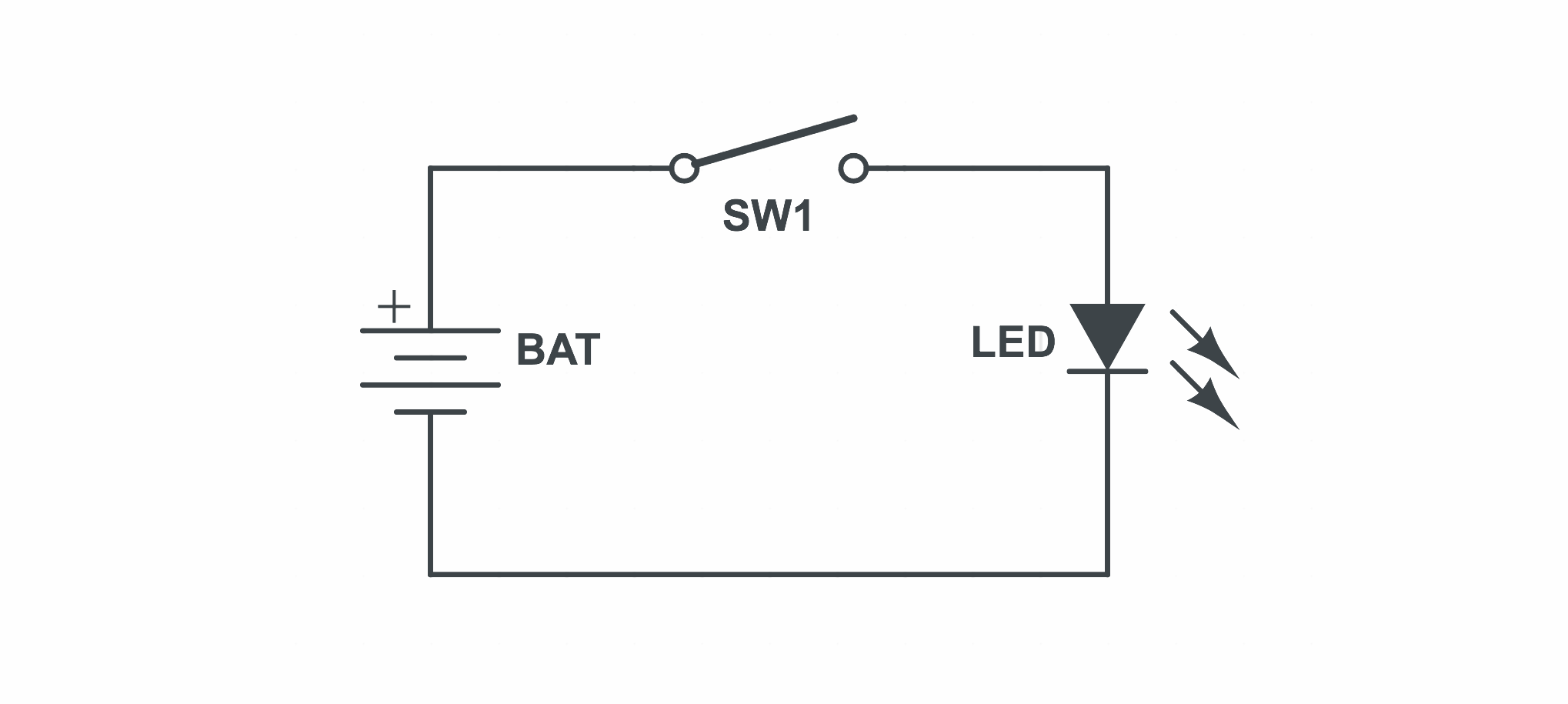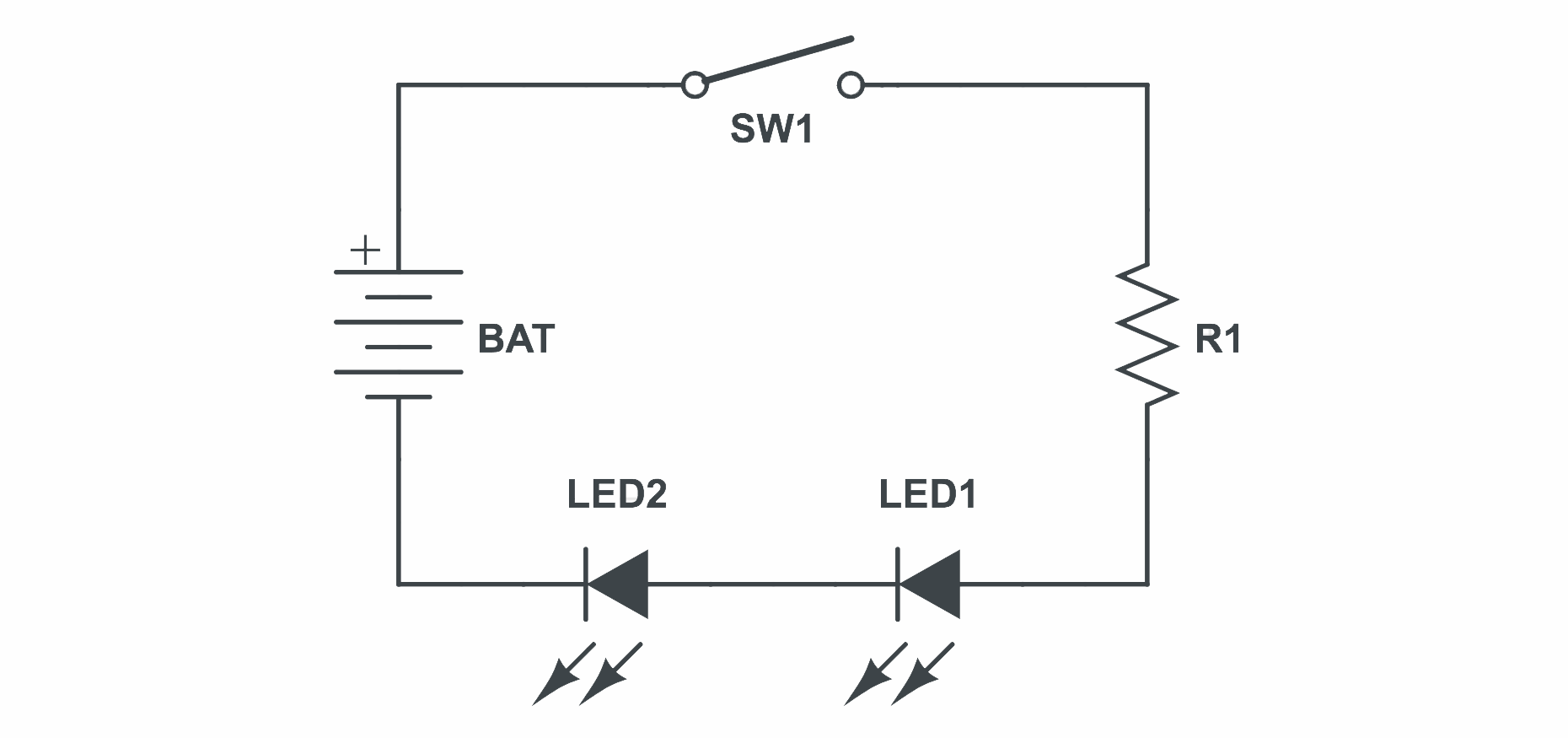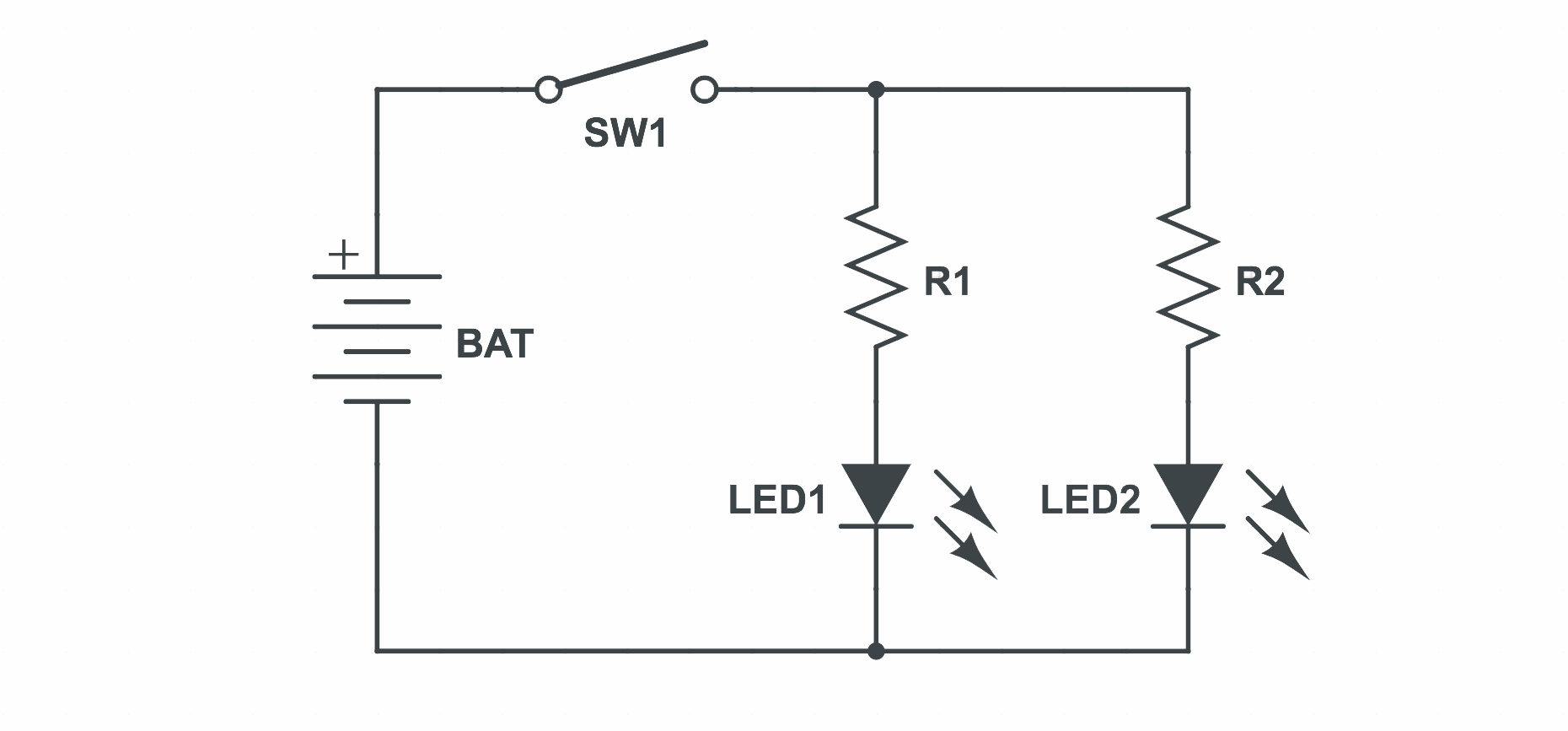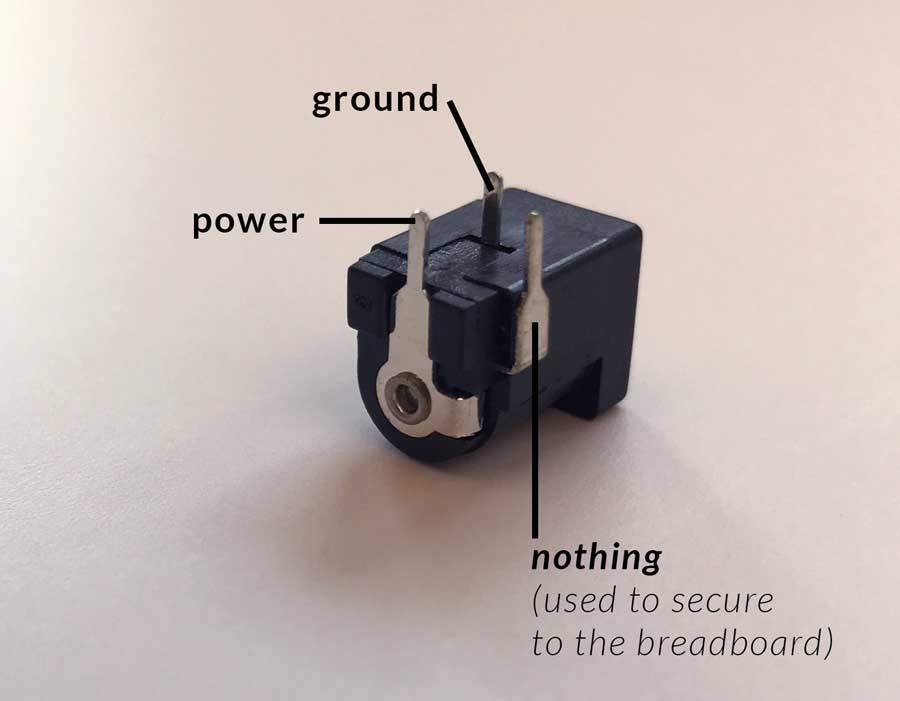Lab 1
This lab is an introduction to circuits both on and off a breadboard. You will learn how electricity flows through components and will practice calculating resistor values based on the power source and components in your circuit. You will learn to solder and will build a creative enclosure for your hardware.
Objectives
- Build a simple circuit using copper tape
- Learn to use a breadboard
- Understand the difference between components in series and in parallel (build these on a breadboard)
- Solder components to a prototyping board
- Build a creative enclosure
Resources
- The Great Big Guide to Paper Circuits
- Sparkfun’s how to use a breadboard and ITP’s setting up a breadboard
- LED Current video shows how to determine the right resistor for an LED
- Series and Parallel Circuits
- ITP Electronics Lab
- Schematic Diagram Videos
- How to Solder Video
Part 1: Paper Circuit
Build a simple circuit with copper tape that uses a switch to turn an LED on and off. Power your circuit with a coin cell battery. You do not need to use a resistor in this circuit because the copper tape adds a lot of resistance and you will be using a low voltage battery.

This guide is really helpful for understanding how to use copper tape and attach the battery.
Part 2: Series and Parallel on a Breadboard
For part 2, you will build two different circuits on your breadboard. Both circuits will use a switch and two LEDs. In the first circuit, you should arrange your LEDs in series; in the second circuit, place the LEDs in parallel. Be sure to calculate appropriate resistor values based on your power supply. Hint: the resistor values will not be the same for the two circuits.
LEDs in Series:

Be sure to calculate the appropriate value for R1 based on your power supply and LEDs.
LEDs in Parallel:

You can use a barrel jack to breadboard connector for power, it has 3 pins one of which is used to secure it on the breadboard. The following image should be helpful.

Part 3: Protoboard & Creative Enclosure
Choose one of the circuits that you made in part 2 and build a creative enclosure. Your goal with this is to completely hide the electronics. You should solder your circuit to a prototyping board that lives inside the enclosure. Think about a creative way that someone could interact with this simple circuit.
Blog Response
Thoroughly document each part of your lab and post it to your blog with written explanations of what you did. Explain in writing what each circuit does, and include a schematic drawing of your circuit. Document your lab in a step-by-step format and please focus on taking informative and clear photos!